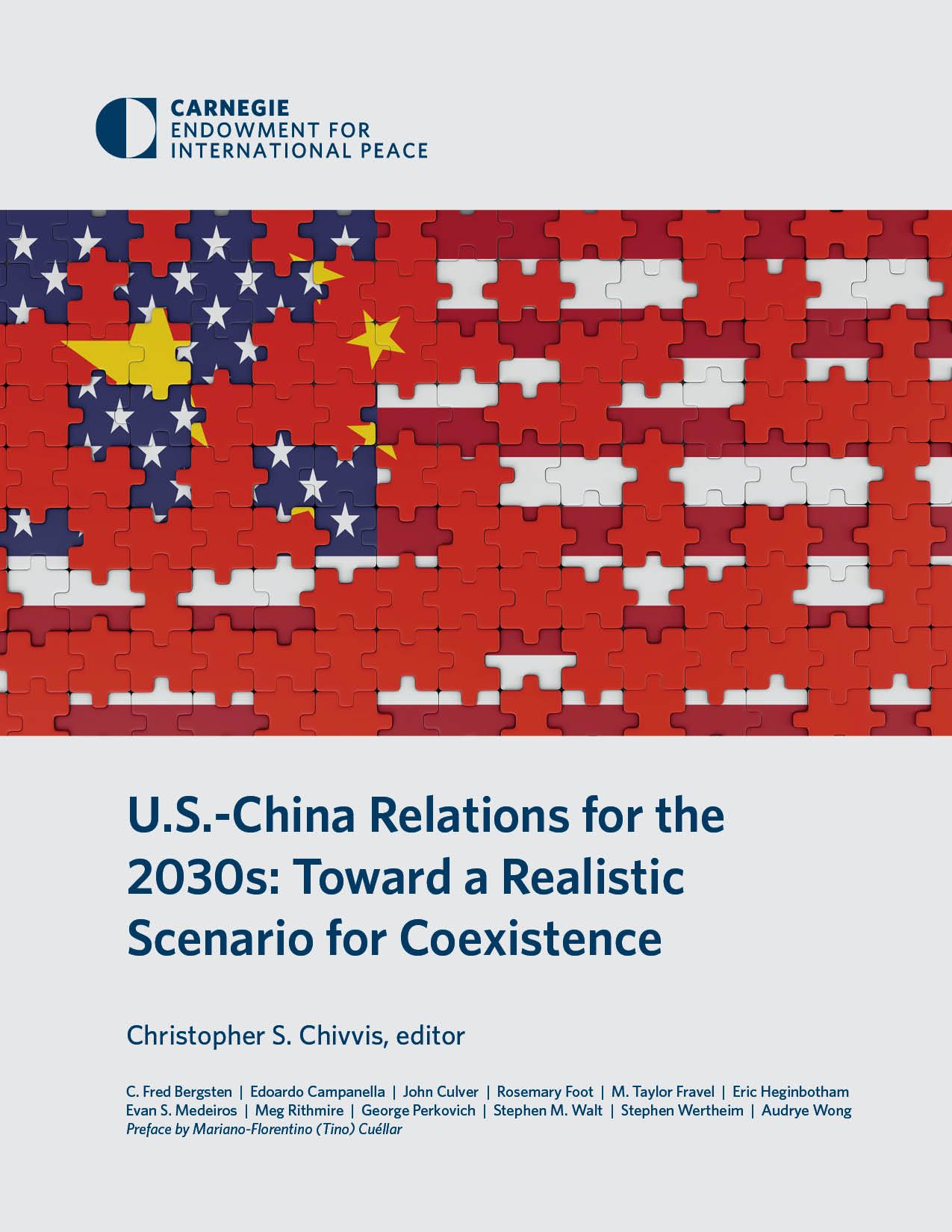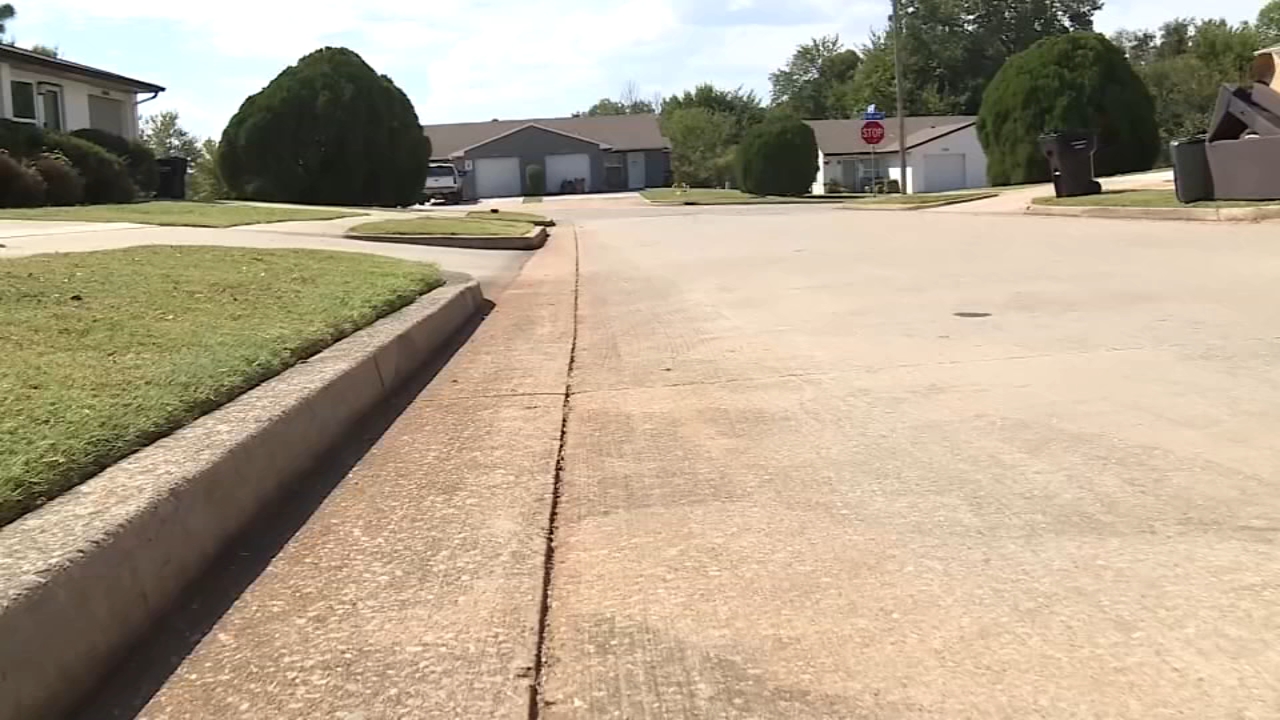Report on United States Refugee Policy for South Africa and its Implications for Sustainable Development Goals
This report details the formulation and implementation of a United States refugee program for South African citizens, analyzing its alignment with key United Nations Sustainable Development Goals (SDGs), particularly SDG 10 (Reduced Inequalities) and SDG 16 (Peace, Justice and Strong Institutions).
Analysis of Policy Alignment with SDG 10: Reduced Inequalities
The U.S. refugee program presents significant challenges to the principles of SDG 10, which calls for reducing inequality within and among countries. The policy’s framework and subsequent implementation have been marked by a focus on specific racial and ethnic groups, raising concerns about discriminatory practices.
Policy Origins and Exclusive Framework
The program was established under a February executive order with a stated focus that runs counter to the inclusive spirit of SDG 10.
- The executive order specified the program was for “Afrikaners in South Africa who are victims of unjust racial discrimination.”
- This directive prioritizes a minority group that, despite constituting 7% of the population alongside other White South Africans, owns approximately three-quarters of the nation’s privately held land.
- The policy’s premise is based on contested allegations of “violence against racially disfavored landowners,” which the South African government has rejected.
Implementation Confusion and Contradictory Guidance
Internal U.S. government communications reveal significant confusion and contradiction regarding the policy’s scope, undermining efforts to create equitable and non-discriminatory procedures as mandated by SDG 10.
- February: An executive order establishes the program, specifying “Afrikaners.”
- May: The State Department’s website broadens eligibility, stating applicants “must be of Afrikaner ethnicity or be a member of a racial minority in South Africa.”
- July 8: The U.S. embassy in South Africa sends a diplomatic cable seeking clarification on whether non-White groups, such as Afrikaans-speaking “coloured” South Africans, could be eligible.
- Mid-July: In an internal email, a senior State Department official, Spencer Chretien, reportedly clarifies that the program is intended for White people.
- July 18: In an official public response, the State Department contradicts the internal guidance, stating the policy considers both Afrikaners and other racial minorities for resettlement.
This inconsistency highlights a failure to establish a clear, inclusive, and equitable framework, directly impacting the goal of reducing inequalities.
Assessment in Relation to SDG 16: Peace, Justice and Strong Institutions
The implementation of the refugee program reveals weaknesses in institutional accountability, transparency, and justice, which are central tenets of SDG 16.
Institutional Accountability and Transparency
The discrepancy between internal directives and public statements indicates a lack of institutional coherence and transparency, which are essential for building the effective and accountable institutions promoted by SDG 16.
- Conflicting messages from the State Department’s political leadership and its public-facing guidance demonstrate institutional dysfunction.
- The necessity for the U.S. embassy to formally request clarification via a diplomatic cable on such a fundamental eligibility question underscores the lack of a clear and unified policy.
- The revelation of internal communications through unofficial sources, rather than transparent public announcements, points to a deficit in institutional accountability.
Justice, Rule of Law, and Inclusivity
The program’s foundation and the debate over its beneficiaries touch on core principles of justice and inclusivity as outlined in SDG 16.
- The policy is predicated on claims of persecution that are disputed by the South African government and lack widespread, verifiable evidence, challenging the principle of justice based on the rule of law.
- The internal debate over including other minority groups, such as “coloured” South Africans and the indigenous Khoisan people, is a direct reflection of the challenge of building inclusive policies.
- Despite the internal directive suggesting a Whites-only policy, at least one family identified as “coloured” has reportedly been resettled, further confusing the program’s application and undermining consistent adherence to the rule of law.
- As of the reporting period, 88 South Africans have been resettled under this contested program, with another 15 expected.
Conclusion and Summary of SDG Implications
The U.S. refugee program for South Africa demonstrates significant misalignment with international commitments to the Sustainable Development Goals. The policy’s racially specific framing, contested premise, and inconsistent implementation directly challenge the objectives of SDG 10 (Reduced Inequalities) and SDG 16 (Peace, Justice and Strong Institutions). The lack of a clear, equitable, and transparent framework undermines the creation of just and inclusive international migration policies.
Relevant Sustainable Development Goals (SDGs)
The issues discussed in the article are primarily connected to two Sustainable Development Goals:
-
SDG 10: Reduced Inequalities
This goal is central to the article, which revolves around a U.S. refugee policy explicitly based on race and ethnicity. The entire narrative—from the creation of the program for “Afrikaners in South Africa who are victims of unjust racial discrimination” to the internal debate about whether “non-Whites” or “coloured” South Africans can apply—is about inequality, inclusion, and discrimination based on racial or ethnic origin.
-
SDG 16: Peace, Justice and Strong Institutions
This goal is relevant as the article discusses the implementation of a government policy (a U.S. executive order) by national institutions (the State Department and the U.S. embassy). The policy is framed as a form of justice for a group allegedly facing persecution and violence. The confusion and internal conflict over the policy’s implementation highlight challenges in creating accountable, inclusive, and non-discriminatory institutions.
Specific SDG Targets
Based on the article’s content, several specific targets under SDG 10 and SDG 16 can be identified:
-
Target 10.2: By 2030, empower and promote the social, economic and political inclusion of all, irrespective of age, sex, disability, race, ethnicity, origin, religion or economic or other status.
The article directly addresses this target through the U.S. embassy’s query about the eligibility of other minority groups. The question of whether “coloured South Africans who speak Afrikaans” or “indigenous South Africans known as the Khoisan people” could apply for a program initially specified for “Afrikaners” is a clear example of a debate over inclusion versus exclusion based on race and ethnicity.
-
Target 10.3: Ensure equal opportunity and reduce inequalities of outcome, including by eliminating discriminatory laws, policies and practices.
The U.S. executive order itself is a policy that is being scrutinized for being potentially discriminatory. The internal response from a State Department official that “the program is intended for White people” suggests the application of a discriminatory practice, which is at the core of this target.
-
Target 10.7: Facilitate orderly, safe, regular and responsible migration and mobility of people, including through the implementation of planned and well-managed migration policies.
The article describes a specific, planned migration policy—a U.S. refugee program for South Africans. The text mentions that “88 South Africans” have been resettled under this program, with more expected, demonstrating the implementation of a managed migration policy, which is the focus of this target.
-
Target 16.1: Significantly reduce all forms of violence and related death rates everywhere.
The justification for the refugee program is directly linked to this target. The executive order describes its beneficiaries as “victims of ‘violence against racially disfavored landowners'”. Although the article notes that these claims are contested and lack evidence, the policy’s premise is rooted in addressing alleged violence.
-
Target 16.b: Promote and enforce non-discriminatory laws and policies for sustainable development.
The central conflict reported in the article—the “internal back-and-forth between the embassy and the State Department”—is a debate over the enforcement of a U.S. policy. The question of whether the policy is exclusively for “Whites” or includes “other aggrieved minorities” is a direct examination of whether the policy is being enforced in a non-discriminatory manner.
Implied Indicators for Measuring Progress
The article mentions or implies several indicators that can be used to measure progress towards the identified targets:
-
Existence of policies based on racial or ethnic origin
The primary indicator is the existence of the U.S. executive order itself, which establishes a refugee program for a specific ethnic group (“Afrikaners”). The internal communications, such as the diplomatic cable and the email response clarifying that the program is for “White people,” serve as qualitative indicators of how policies are interpreted and implemented based on prohibited grounds of discrimination.
-
Number of refugees and migrants resettled under specific policies
The article provides quantitative data that can be used as an indicator for Target 10.7. It states that “the State Department has resettled 88 South Africans under the program,” with another “15 are expected to arrive.” This data measures the direct outcome of the migration policy.
-
Population reporting discrimination
While not a formal survey, the article implies this indicator. The program was created in response to claims that Afrikaners are “victims of unjust racial discrimination.” Furthermore, the interest from “67,000 people” and queries from the “Jewish community” suggest that other groups also perceive themselves as potential candidates for a program based on persecution, which can be seen as an informal measure of perceived discrimination.
-
Population demographics and inequality data
The article cites 2022 census data to provide context: “Blacks make up 81% of South Africa’s population… Coloured South Africans make up 8%… Afrikaners and other White South Africans constitute 7% of the population but own three-quarters of the privately held land.” This data on population distribution by race and inequality in land ownership serves as a background indicator for understanding the socio-economic context of racial inequality (relevant to SDG 10).
Summary of Findings
| SDGs | Targets | Indicators |
|---|---|---|
| SDG 10: Reduced Inequalities | 10.2: Promote social, economic and political inclusion of all, irrespective of race, ethnicity, or other status. | The U.S. embassy’s query on whether “non-Whites,” “coloured,” and “Khoisan” people could apply to the refugee program, indicating a debate on inclusion. |
| SDG 10: Reduced Inequalities | 10.3: Ensure equal opportunity and reduce inequalities of outcome, including by eliminating discriminatory policies. | The existence of the U.S. executive order for a specific ethnic group and the internal guidance that “the program is intended for White people.” |
| SDG 10: Reduced Inequalities | 10.7: Facilitate orderly, safe, regular and responsible migration and mobility of people. | Quantitative data on the program’s implementation: “88 South Africans” resettled, “15 are expected to arrive,” and “67,000 people were interested.” |
| SDG 16: Peace, Justice and Strong Institutions | 16.1: Significantly reduce all forms of violence and related death rates everywhere. | The policy’s justification, which is based on claims that its beneficiaries are “victims of ‘violence against racially disfavored landowners'”. |
| SDG 16: Peace, Justice and Strong Institutions | 16.b: Promote and enforce non-discriminatory laws and policies for sustainable development. | The internal conflict between the U.S. embassy and the State Department over the enforcement and racial scope of the refugee policy. |
Source: usatoday.com







